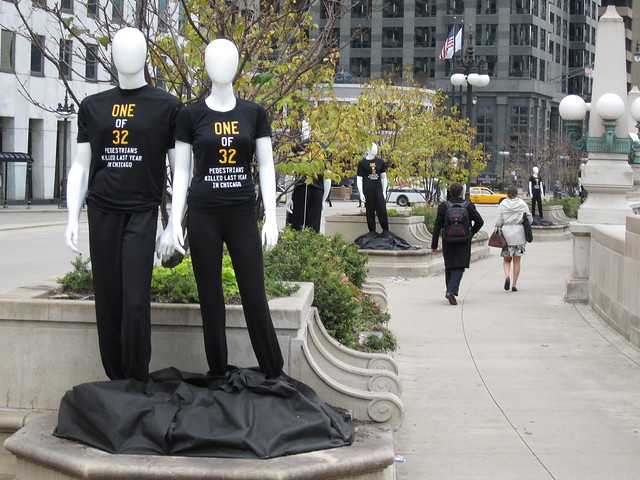[flickr]photo:5923522776[/flickr]
This photo of a car elevated in a brick wall North Avenue and Kedzie Avenue by Katherine Hodges is not related to the story below.
A comment was left on EveryBlock, in response to a crash at Lincoln and Fullerton, “What a shock, alcohol was involved” (here’s a newspaper’s report). I presume that many other people think alcohol is typically a cause or factor in automobile crashes. I looked at the data to know if it’s true.
Crashes
From 2007 to 2010, there were 394,651 reported crashes. Of those, responding police officers marked on the crash reports (SR-1050) that being under the influence of alcohol or drugs was a primary or second cause in only 3,647 crashes, or 0.924%. However, this does not tell the full story. That “cause code” (#8) is to be used when an arrest is made. When an arrest is not made, officers are to use “had been drinking” (#19), from which the data shows 1,030 crashes. Adding them together, you have 4,677 crashes. In other words, alcohol is a contributing primary or secondary cause in 1.185% of crashes. Continue reading How often is alcohol a part of crashes in Chicago?
